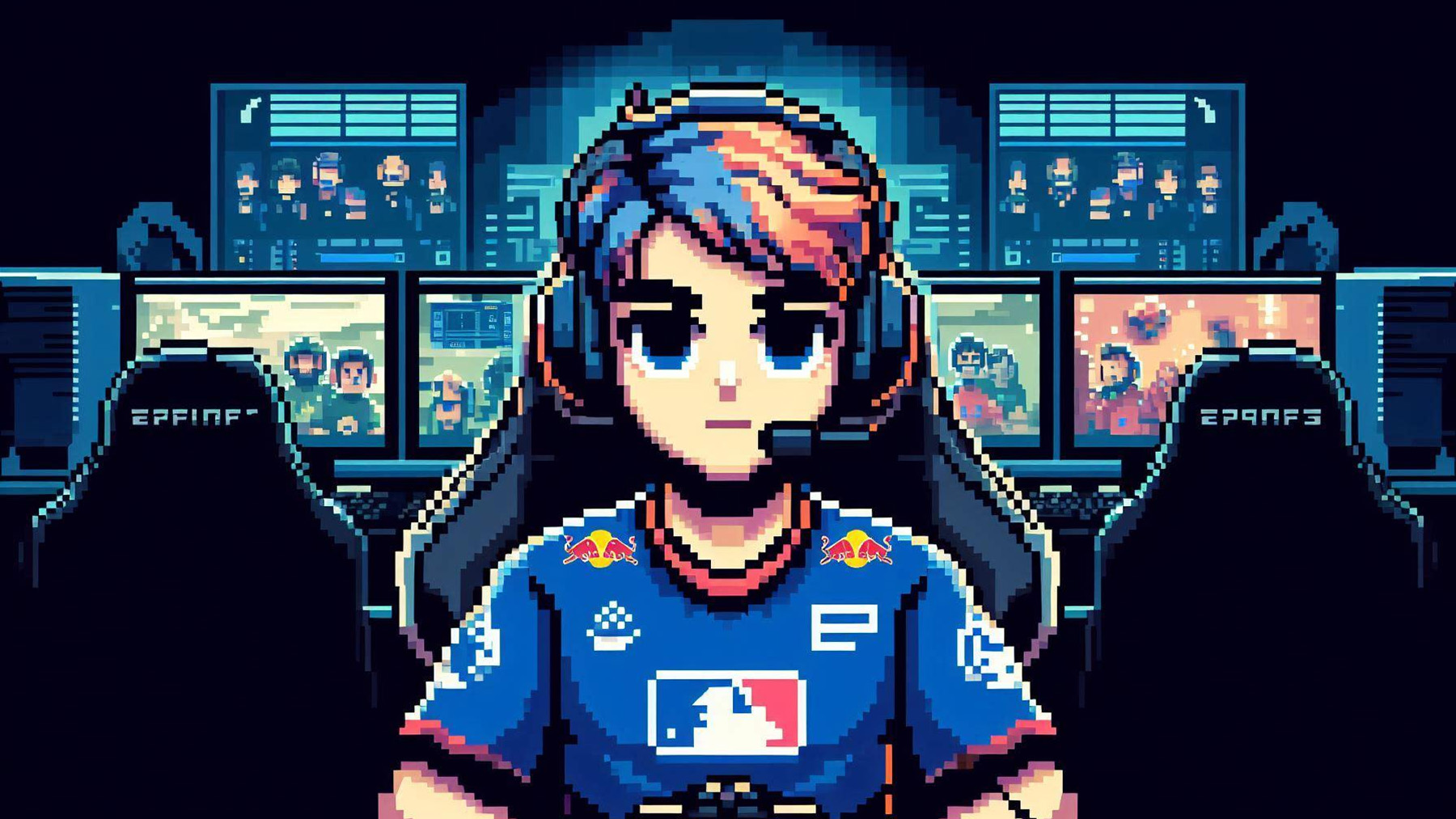
The powerful influence of virtual economies in eSports is worth considering if you’re a player, as the marketplaces set up by developers and even third parties are integral elements that shape how games are experienced and businesses are run. They affect everything from player strategies to fan engagement and provide a substantial revenue stream for developers.
Various titles have pioneered sophisticated economic models where players can purchase skins, characters, and other upgrades. This has transformed average gamers into invested spenders. So, what makes these virtual economies tick, and how do they impact the broader landscape of eSports? Let’s discuss and dissect this intriguing intersection of gaming and economics.
Unpacking the Mechanics of how Virtual Economies Operate
Virtual economies in eSports function as complex ecosystems, where microtransactions can significantly shape gameplay and player commitment. Here’s a breakdown of how these economies operate and influence both players and game developers:
- Currency Systems: Most games feature their own form of currency. This can be earned through gameplay or purchased with real money. For example, Overwatch 2 has four currencies, with Coins sitting at the premium end of the spectrum, while Credits have been bought over from the first game, Competitive is earned through play, and Tokens can be used for skin purchases in OWL.
- Microtransactions: Players buy items to enhance their gaming experience. Whether it’s skins, weapons, or special abilities, these purchases often provide aesthetic benefits that do not directly alter game mechanics but are highly valued for personalization. These alone generated $73 billion in 2023, and are still growing.
Supply and Demand Dynamics: The value of items in these virtual markets is heavily influenced by their rarity and demand among the community. The latest case drops in CS:GO and CS2 are a prime example; they often contain rare skins that become highly sought after once available, and can be traded on third party platforms. - Influence on Gameplay: While most microtransaction items are cosmetic, there are scenarios where purchasable content can affect gameplay strategies. In games like Fortnite, buying certain skins can give players a competitive edge – although this is something that jars with the community.
This is a big money scene for developers – and in the case of EA alone the money it earns from live service games with microtransactions eclipses what it brings in from one-off game purchases. In one financial quarter its revenues from microtransactions topped $950 million, for example – so the incentive is clear.
Changing Game Play and Community Dynamics
The strategic inclusion of virtual economies may be about monetizing gaming, but it also reshapes how players approach the game and interact with one another. Here’s a look into these transformative effects:
- Enhanced Engagement: Items like character skins or unique weapons often carry narratives or seasonal themes, enhancing player immersion. For instance, free games like Apex Legends release new skins during holiday events, which boosts player engagement and spending.
- Community Status Symbols: In eSports titles like League of Legends, owning a rare skin can signify status within the community. This not only influences social interactions but also creates a secondary market where players trade items at premium values.
- Behavioral Influence: Developers strategically release content to influence gameplay behavior and retention rates. Special rewards for daily logins or achievements encourage regular engagement, while limited-time offers create urgency among buyers.
These dynamics contribute significantly to the fabric of virtual communities in eSports, fostering an environment where both competitive spirit and commercial interests intertwine seamlessly.
Final Thoughts
While you might not think about virtual economies in the moment-to-moment gameplay of eSports, it’s useful to know the influence they exert, and the nuances they bring to the table. While some are against the tactics that developers and publishers are encouraged to deploy as a result, this is a trend that’s here to stay, so has to be accepted and worked with rather than against.
Comments